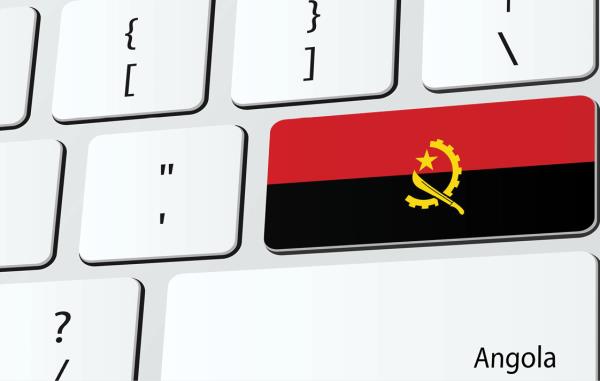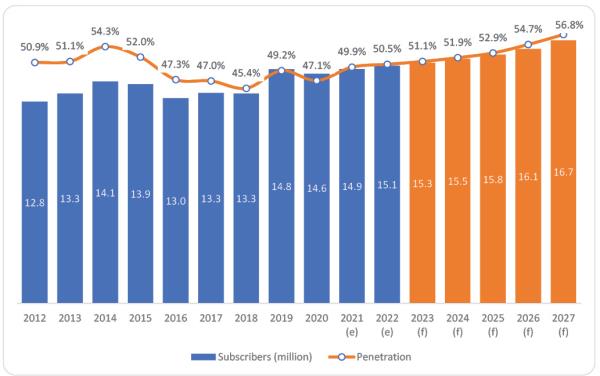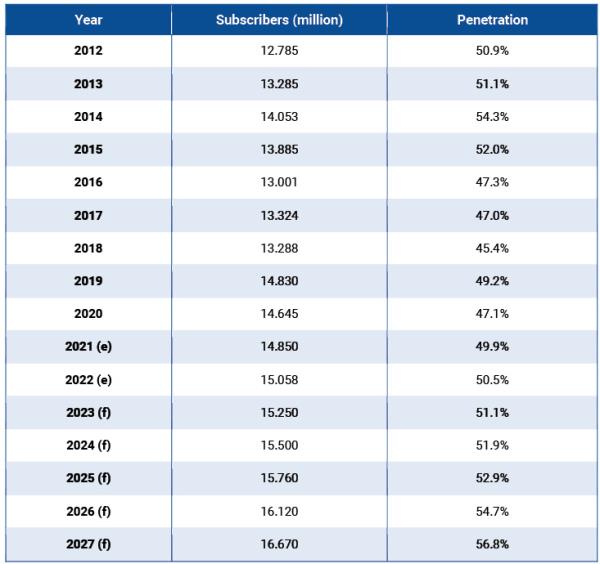13 July 2022

Angola’s telecom sector in recent years has benefited from political stability, which has encouraged foreign investment in the sector. The government and regulator have also set in train mechanisms to open up the telecom sector to new competitors, with Africell having secured a universal license and in so doing becoming the country’s fourth MNO. Following an extensive investment program, the company launched mobile services in April 2022.

Sébastien de Rosbo, research manager, BuddeComm
The MNOs were slow to develop LTE services, instead relying on their GSM and 3G network capabilities. Angola Telecom did not launch LTE services until mid-2018. This tardiness was partly due to the relatively high cost of LTE-capable handsets, which has discouraged users from upgrading. As a result, there has been slow progress in LTE network development, with only a small proportion of the country covered by network infrastructure. Despite the evident remaining usefulness of LTE and 3G in relation to current data demands, there has been some progress made with 5G. The Ministry of Telecommunications in early 2021 set up a 5G hub to assess 5G user cases, while Unitel and the new MNO Africell since mid-2021 have contracted vendors to provide 5G-ready transmission networks. The regulator in November 2021 granted licenses to Africell, Movicel, and Unitel to enable them to offer 5G services, with spectrum in the 3.3-3.7GHz range having been set aside for such services.
The government has continued to develop telecom infrastructure to help diversify the country’s economy and lessen its dependence on offshore crude oil production, which accounts for almost all exports and up to 80% of tax revenue. By extending and upgrading telecom networks the government expects businesses to become more efficient and for e-commerce to become a more prominent feature of economic growth. In addition, networks will facilitate rural access to education and health care. However, there is much progress to be made if the country is to improve the business climate and attract investors.

Chart 1 – Growth in the number of mobile subscribers and penetration – 2012 – 2027
Source: BuddeComm based on regulator data

Table 1 – Growth in the number of mobile subscribers and penetration – 2012 – 2027
Source: BuddeComm based on ITU and regulator data
Key developments:
- Africell Angola launches commercial mobile services;
- Regulator awards spectrum in the 3.3-3.7GHz range to the MNOs for 5G services;
- State takes full control of Unitel;
- Angola and the DRC agree to coordinate spectrum at their borders;
- New data center is opened, quadrupling capacity in the country;
- Government cancels plans for an IPO for Multitel, deciding instead to offer its 90% stake in the operator via a tender;
- Government ITC and Communications ministries merge to form the Ministry of Telecommunications, Information Technology and Social Communication;
- Tender for an operator to manage Angola Telecom’s national backbone and metropolitan networks is extended;
- AngoSat-2 satellite launch put on hold due to Russia’s war against Ukraine;
- INFOSI aiming to connect an additional 160,000 people to free Wi-Fi;
- Regulator again cracks down on informal SIM card sales;






